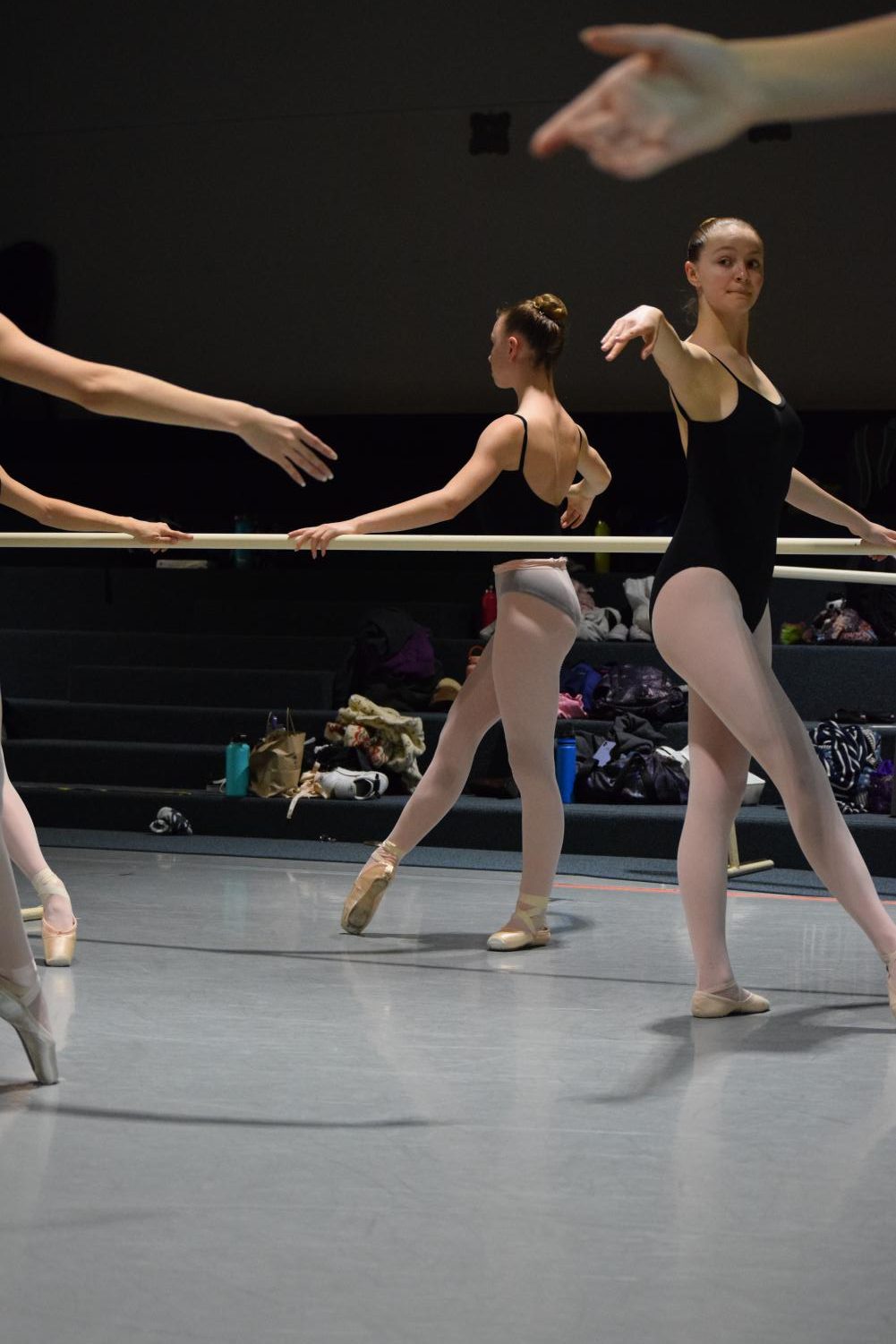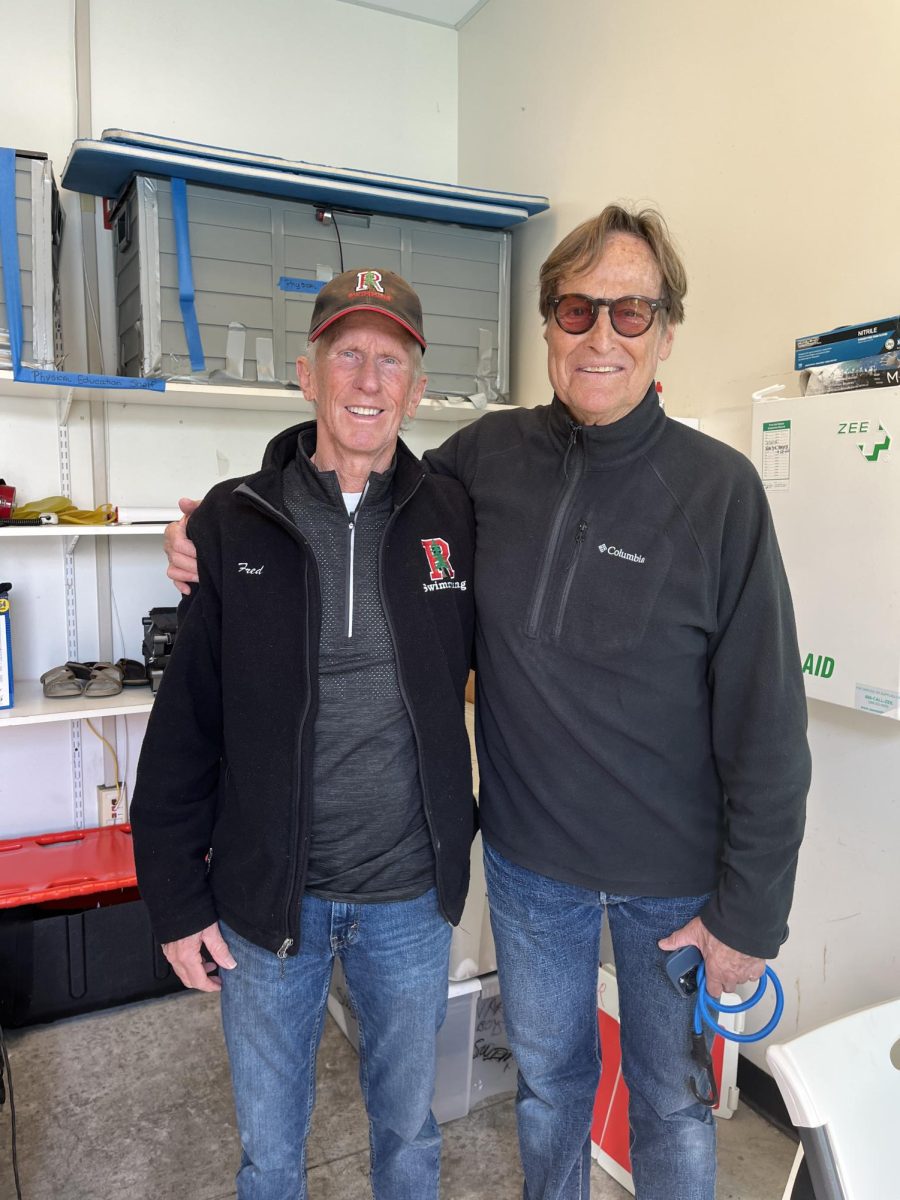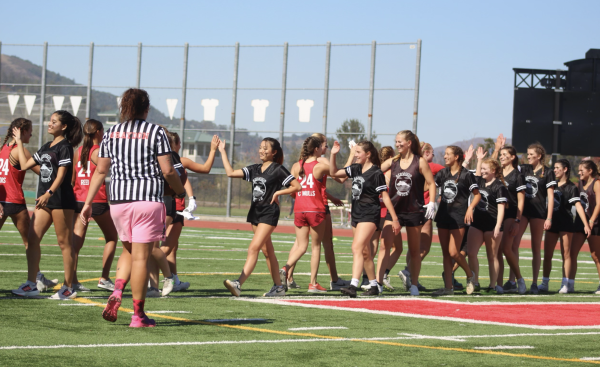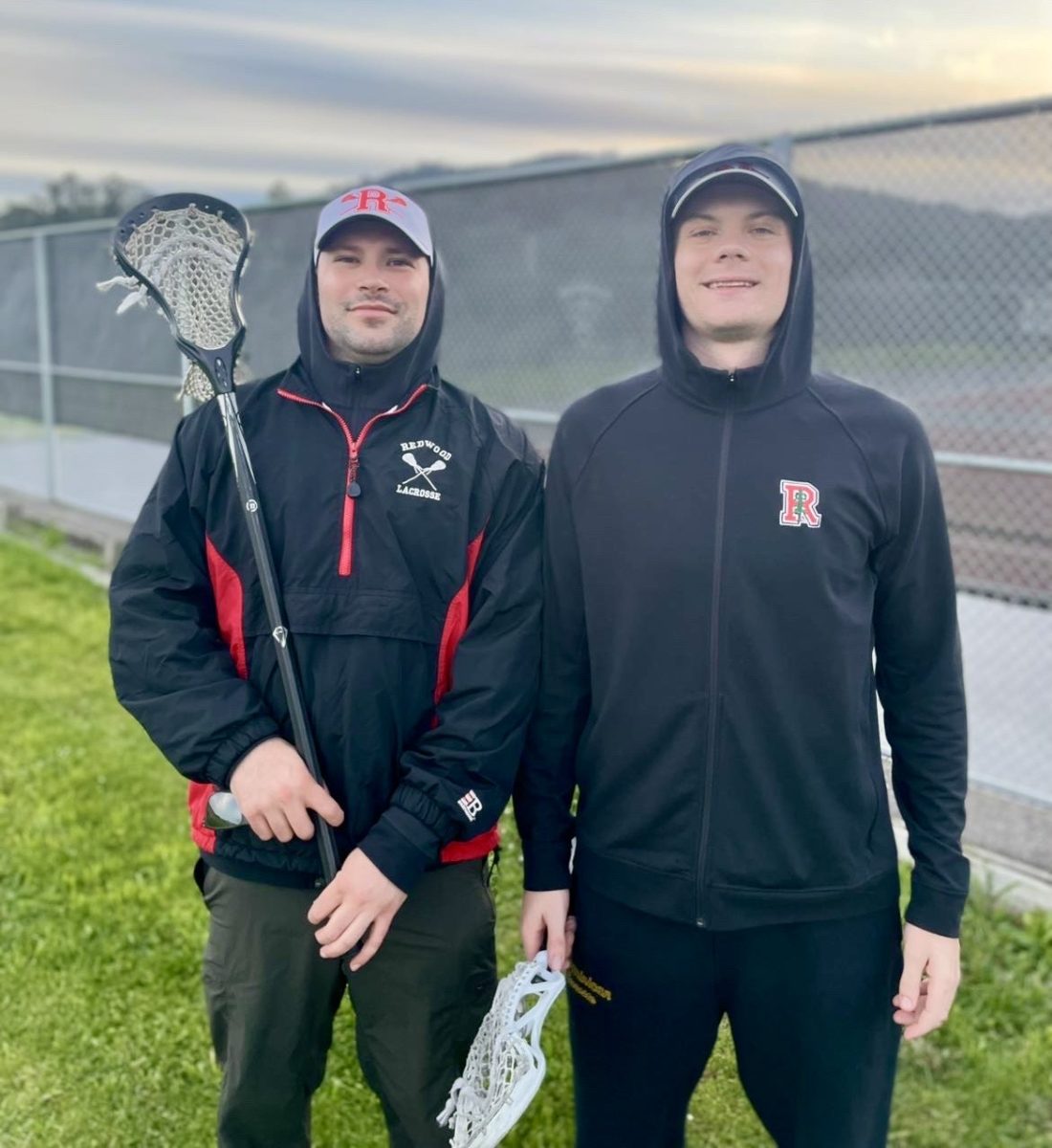“Our physical training is so that we can aesthetically create. Our bodies are instruments for conversation. We have to create shapes and lines because it’s a visual art form, so we’re after a certain look. The mirror [is] an excellent tool to distinguish how close we are to that look,” Christina Johnson, a three-year dance teacher at Marin Ballet, said.
According to the International Association for Dance Medicine and Science, dancing in front of a mirror allows for immediate feedback and technique correction. For many ballerinas, it is a necessary tool in perfecting their skills. But when the tool forces dancers to spend hours staring at their reflection, it can become a trap of self-critique sometimes difficult to escape.
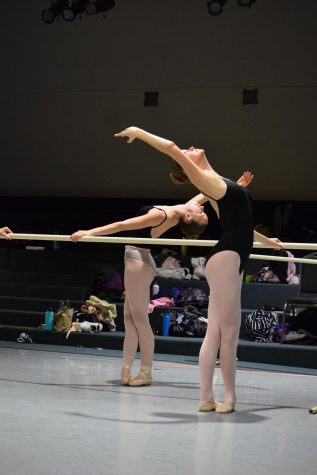
Sloan Takeuchi-Ross, a senior at Novato High School, started preparing to dance professionally when she was 11 years old. Once she reached this level, her teachers began asking what she and her peers’ meals consisted of. While the inquiries were presented as a way to live a healthier lifestyle, Takeuchi-Ross felt it was to foster the “perfect” ballet dancer’s body type: tall, skinny and built with lean muscles.
“I think [the instructors thought] that in order to be a professional dancer, you had to fit a certain body type, and if you didn’t fit that body type, it would be tricky to succeed in your career goal,” Takeuchi-Ross said.
Ultimately, Takeuchi-Ross switched studios because of the body pressures.
According to the U.S. National Library of Medicine’s National Center for Biotechnology, ballet dancers have a risk three times higher for suffering from eating disorders compared to other athletes. Eating Disorder Hope, an online resource for struggling dancers, believes this is partially due to the fact that ballet dancers believe maintaining a lower body weight will improve their skills. Takeuchi-Ross has experienced firsthand the stress these standards can create.
“As a dancer, you study yourself so hard. Going through the transition of seventh, eighth and ninth grade, you go through the thought process of ‘why am I not that skinny? What happened? I was on the right path; was it me that messed up?’ [The fact that bodies change] was just something I had to realize,” Takeuchi-Ross said.
Much like Takeuchi-Ross, Clare Girtler, a former Redwood student and current senior at San Marin High School, has been dancing ballet for 15 years at Marin Ballet. While the ballet mirror has always been a tool for correcting her technique, Girtler became slightly more aware of her body in general as training intensified in high school.
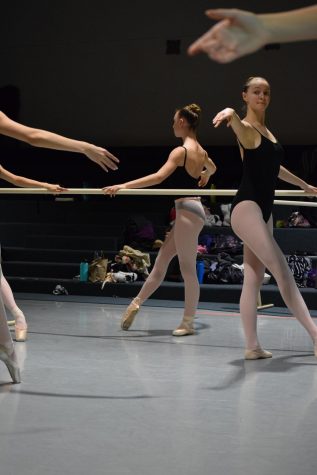
“I definitely think [ballet dancers] are hyper-aware of their bodies. We’re literally just looking at ourselves in the mirror, and even when we’re not, we can feel when something is off. I can tell when I’m out of shape and if I did gain or lose weight,” Girtler said.
Certain teachers at Girtler’s studio, including Johnson, avoid using mirrors at times, which Girtler says allows her to concentrate more on how she feels while dancing.
“When you’re in shape and you can do all the steps correctly, it’s that mentality that makes you feel good about yourself, and it also enhances how you dance,” Girtler said. “It’s not what my body looks like; it’s how I feel and how I’m using it.”
Even in the midst of the sometimes critical dancing environment, Girtler and Takeuchi-Ross have worked to avoid letting body image stereotypes control how they see themselves.
In the dance world, Johnson understands the pros and cons of using mirrors. Even though the majority of combinations ballet dancers learn are for a final production, she believes that it is more important to feel how the body moves while dancing, rather than see it. If dancers have unhealthy perspectives, it can be physically and psychologically detrimental because the mirror can reflect a great deal of judgment. Due to this, she chooses to instruct her dancers while they are facing away from the mirror.
“I don’t use the mirror in the center because I want [students] to feel and experience what’s happening,” Johnson said. “The disconnect comes when you’re looking in the mirror because you’re not having the experience. You’re having the experience of your reflection, which has already taken you out.”

